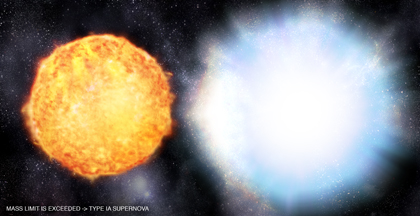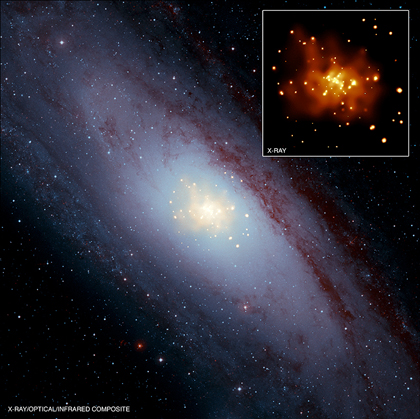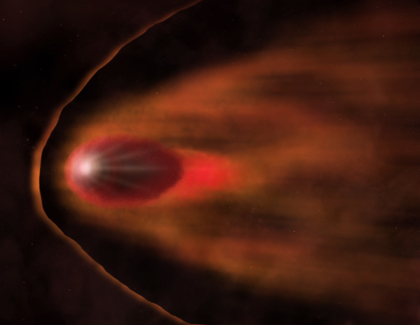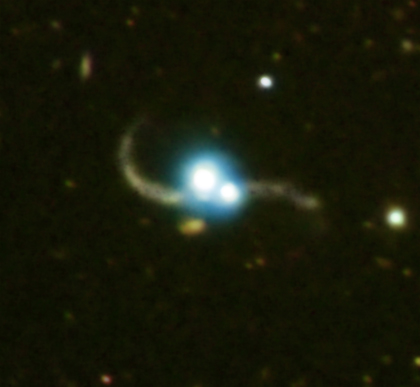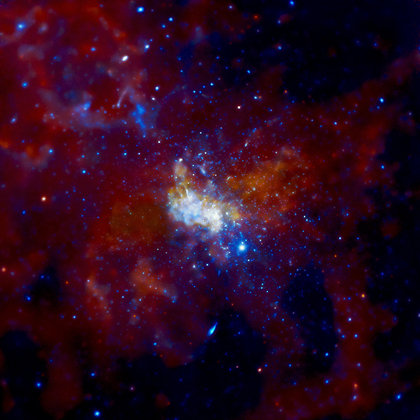Q and A of the Day: How Have Telescopes Changed Things?
Submitted by chandra on Wed, 2010-02-24 11:21This set of queries came in from a couple of students, and we liked senior scientist Martin Elvis's responses so much that we thought we'd post them for everyone to see.
How do you feel the telescope has changed the scientific view on our universe?
Hugely! Before the telescope we thought the universe was big, but we really had no idea how big. Telescopes immediately showed us that there were vastly more stars out there than we had thought, but it took lots of work making bigger and better telescopes -- and learning how to use them. It took lots of work before we started to know how far away the stars were (using "parallax"), where we fit into the Milky Way, our galaxy (on the edge - dust in space hid our view so we thought we were in the middle), and the Milky Way into the scheme of all galaxies. It's a LONG story, and always our view widens, and is still widening. Now we can see back to when the galaxies were forming, but we have only just begun to find planets around other stars.




